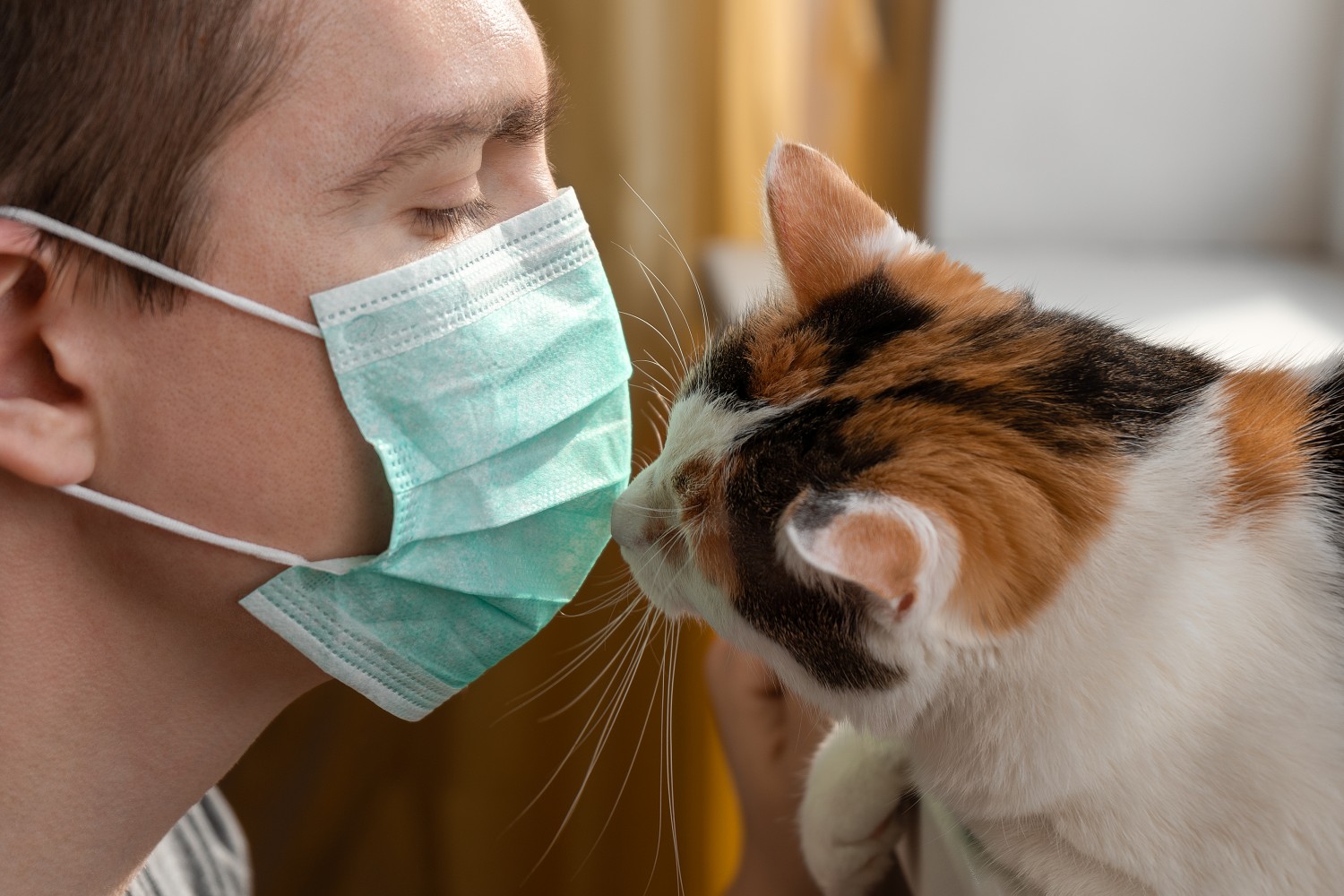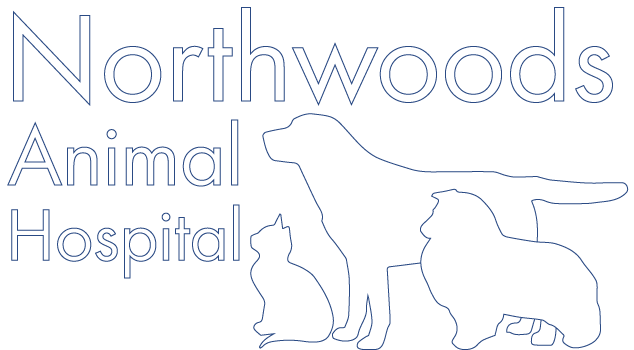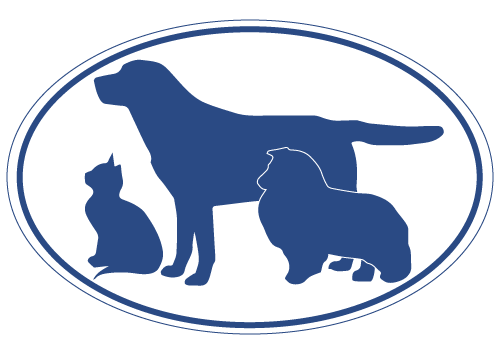Northwoods Animal Hospital
(919)481-2987
northwoodsah.com
What is Involved in an Ovariohysterectomy?
|
 |
 |
An ovariohysterectomy (spay) is a surgery that renders female dogs and cats sterile. Spaying involves removal of the uterus and the ovaries.
It is a major abdominal surgery, but a commonly performed surgery that requires general anesthesia and pain management. Northwoods Animal Hospital has specific protocols that help ensure the best patient care. |
|
1. Northwoods Animal Hospital requires that pets that are receiving general anesthesia and surgery be fasted for at least twelve hours prior to surgery. 2. A preanesthetic blood panel is required for all patients undergoing surgery. The preanesthetic panel allows us to evaluate some of your pet's organ systems to ensure that they are a good anesthetic and surgery candidate. 3. All pets being spayed will have an intravenous catheter placed, usually in a front leg. This catheter allows us to administer intravenous fluids during the anesthetic and surgical procedure. It also allows us access to a vein if pets require additional medications. Intravenous fluids are important to help maintain blood pressure and circulation to all vital organs. Your pet will receive a set amount of fluid, based on weight and monitoring parameters, via an IV Infusion pump. 4. Pets receive a preanesthetic examination to ensure they are healthy prior to anesthesia and surgery. 5. Northwoods uses Isoflurane and Sevoflurane gas anesthetics which are very safe and effective. Patients are intubated and attached to an anesthesia machine in the dedicated surgical suite. 6. During the anesthetic and surgical procedures, the pet's vital signs and plane of anesthesia are monitored by a surgery nurse. The surgery nurse monitors physical parameters such as mucous membrane color, depth of anesthesia and body temperature, as well as vital signs measured by our Surgivet. The Surgivet is a piece of equipment that:
Based on these parameters, the surgery nurse adjusts fluid rate and depth of anesthesia. These measurements are recorded every 5 minutes and are maintained in your pet's permanent medical record. 7. The surgical site is aseptically (sterile) prepared with clipping and surgical scrubbing. Sterile surgery packs and drapes are used for each individual patient. The surgeon wears a sterile gown and gloves for each individual patient. Surgical caps and masks are worn by the surgeon and the surgery nurse. 8. During anesthesia and surgery, patients are placed on a circulating water heating pad and additional warming blankets and heat lamps are utilized during recovery if needed. 9. During the recovery process, the surgery nurse is with the patient until the patient is extubated. The pets then stay in the treatment/recovery area until they can walk. We like to keep our surgery patients overnight, which is like bed rest. This also allows us to evaluate the incision site the following morning before the patient is discharged home. 10. Northwoods Animal Hospital believes in excellent pain management. All patients receive pain medication prior to surgery and then post-operatively. Patients go home on a short course of analgesics as well. If you would like to have your pet scheduled for a spay, please fill our our surgical form below:
|






